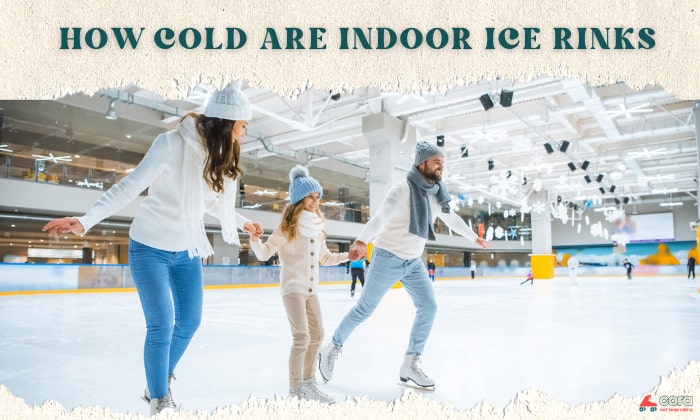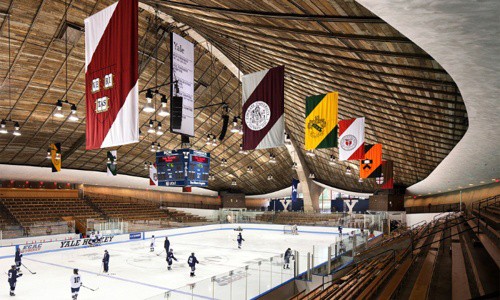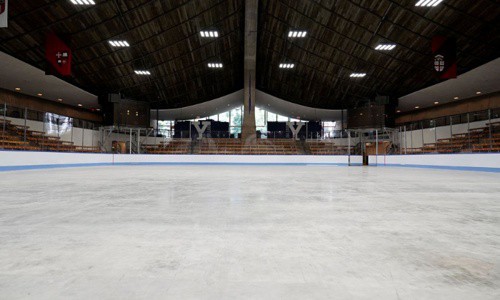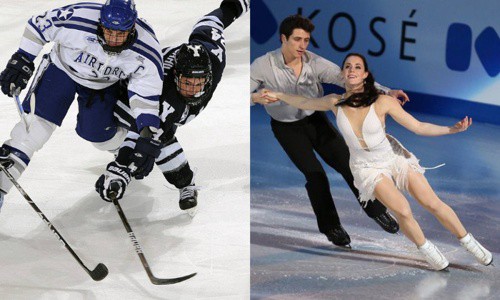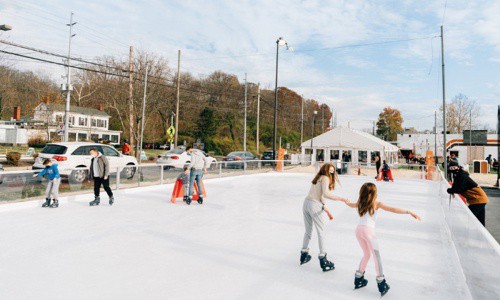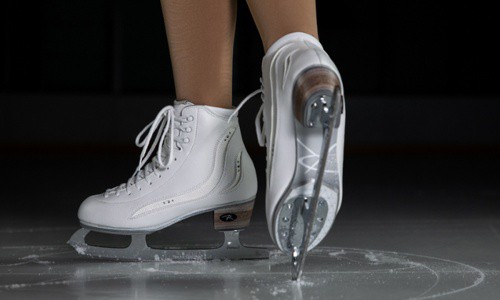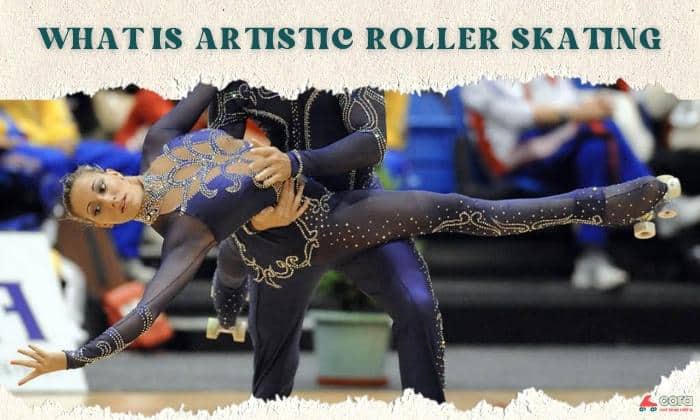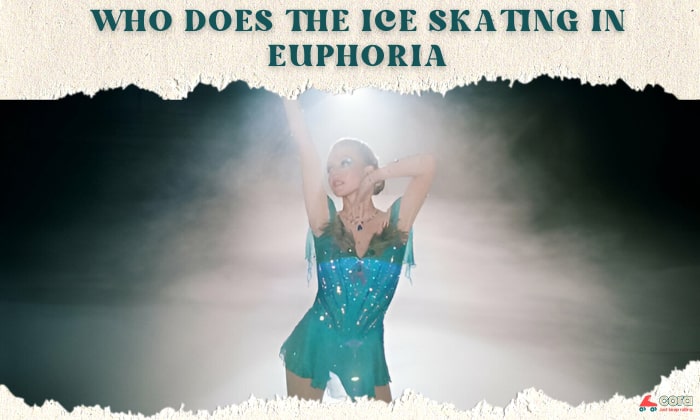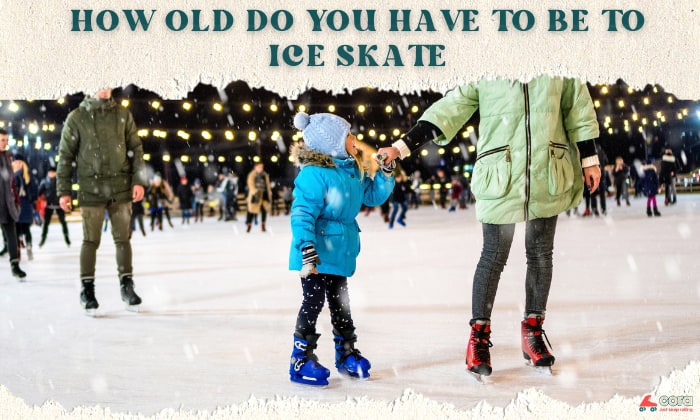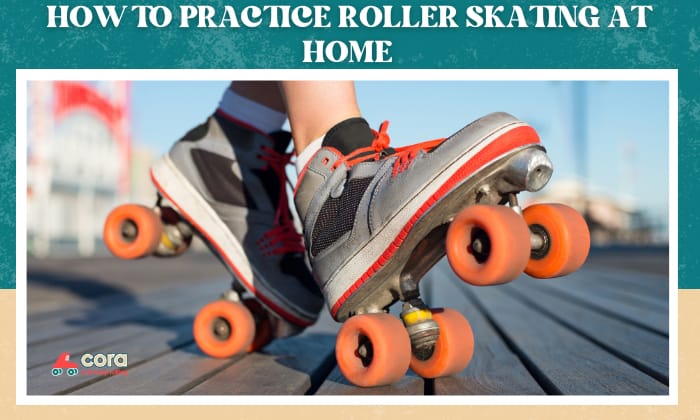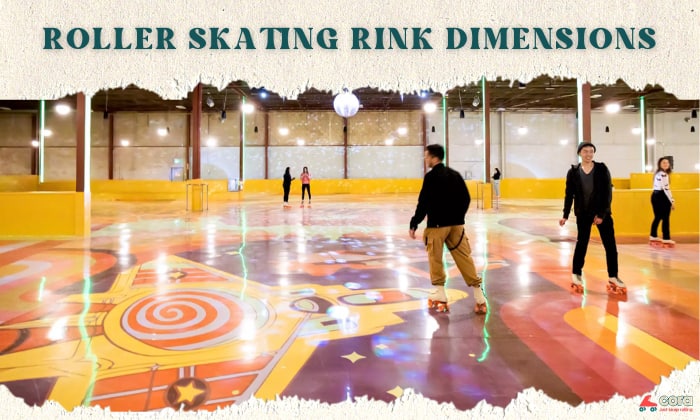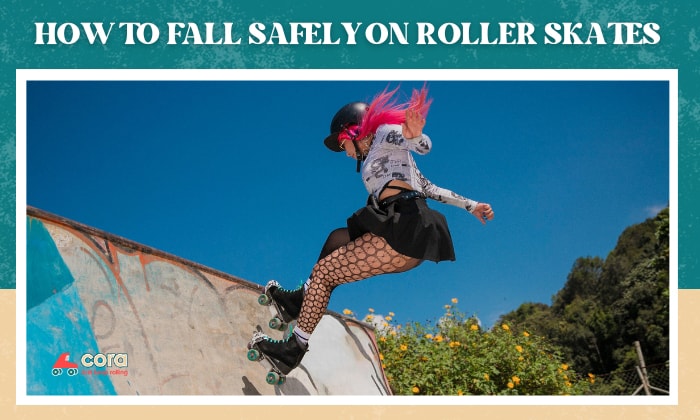Weather and climate are almost often non-negligible factors in sports. They can either improve our execution or put us through a bad day. No matter how healthy we are, we should remember that our bodies can only tolerate so much.
One of the sports that might need such consideration is ice skating. So, how cold are indoor ice rinks? Can anyone withstand the freezing climate there? Are there measures to help us ease the cold?
This article will tell us the exact figures and the best temperature for ice skating. Also, we’ll check the conditions that can make these skating spots fit or harmful for riding.
Page Contents
How Cold is an Ice Skating Rink
An indoor ice skating rink consists of the ice floor, roofs, and all other enclosures on the sides. Obviously, the ice at the bottom will be colder than other areas of the rink. Let’s get deeper into the indoor ice rink temperature numbers.
1. Air Temperature
For the record, indoor ice rinks have an average air temperature of 50 to 55°F. The air inside these places can go as low as 35°F.
However, when the rink is slightly too cold, freezing temperatures here can impose difficulties on the skater.
Can we counter it? Yes! Often, skaters stay warm by moving around the rink until their bodies’ temperatures rise.
2. Ice Temperature
The air temperature goes lower as we get closer to the icy ground. Scientifically, the ice surface should play below freezing point. Otherwise, warm melting ice can impose drawbacks in safety and performance.
But how cold is it specifically? The floor’s temperature in a skating rink should be around 17°F to 29°F, below the freezing point.
3. Why are ice rinks so cold
Perhaps, the ice skating rink’s temperatures are overwhelming, especially for those who can’t tolerate that much cold. But here are factors why ice skating rinks should be in these temperatures.
- The ice temperatures are essentially cold and should remain at certain temperatures to be viable for skating. Keeping the air too warm for spectators is impossible.
- Ice skating surfaces have multiple layers that keep the entire rink chilled. These layers include an insulation system, heated concrete sand with metal pipes, a gravel base, and a drain.
- These skating spots have refrigeration systems like commercial refrigerators.
How Does Ice Rink Temperature Affect Skating
We mentioned that the ice skating rink’s temperature can affect the skater’s performance and other execution aspects. Here are some of the pertinent factors.
1. Hard vs soft ice
We only have to observe a simple principle: hard ice means the ice is at a lower temperature, and soft ice means otherwise.
Hard ice, often at 17°F to 24°F, is best for hockey, where resistance is lower and players move more fluidly. On the other hand, an ice skating rink termed soft (around 25 to 29 degrees) is often where figure skaters dwell more.
Soft ice provides more friction for jumps and makes landings less strenuous on the body.
2. Indoor vs outdoor
As mentioned, ice rink temperatures can vary based on outdoors temperatures, condensation, insulation, and more. Sometimes, skating on hard ice doesn’t feel like it because of humidity or summer heat making the surface feel softer.
Hence, we should learn about optimum temperatures and other climatic conditions of ice skating rinks to help us choose between practice locations. Generally speaking, most people will be fine with 20 to 28°F.
3. Choice of hollow
One effective way of adjusting to the skating rink’s temperature is picking the ideal hollow or skate shoe groove depth.
For example, if the skating rink has a temperature of 17°F to 23°F, you should be good with a 7/16″ hollow.
If you are skating under a higher temperature range of around 23°F to 26°F, a standard profile would suffice. Ultimately, 27°F to 29°F skate rinks require 9/16″ or 5/8″ hollows.
Conclusion
Our skills determine a lot about how well we can perform in our chosen sport. But although training is important, external factors, like the climate, can still influence how adept we are at skating.
So, how cold are indoor ice rinks? The ice should be chilly enough not to go beyond the freezing point. And although uncomfortable for many, the air temperature should stay around 50°F.
Read more about some outfit ideas to help you withstand cold weather indoors or your first lesson.

Harrison is a skating enthusiast who picked up the sport during her student exchange years in Canada. She has been a skating coach for children and teens for 3 years and now holds classes as a freelancer. Harrison entwines her experience leading skating classes in the content published on Cora to help readers fall in love with skating, just like she did.


